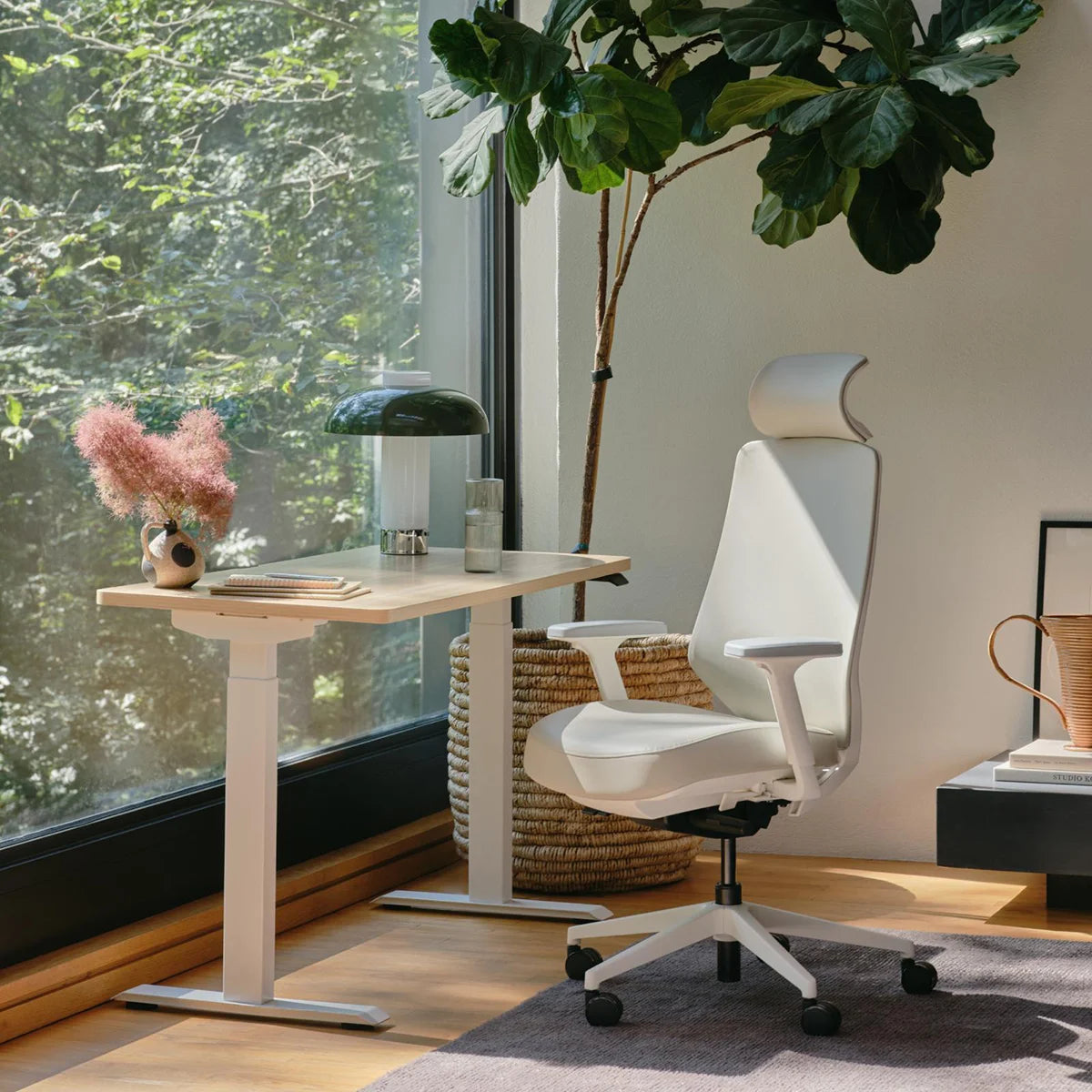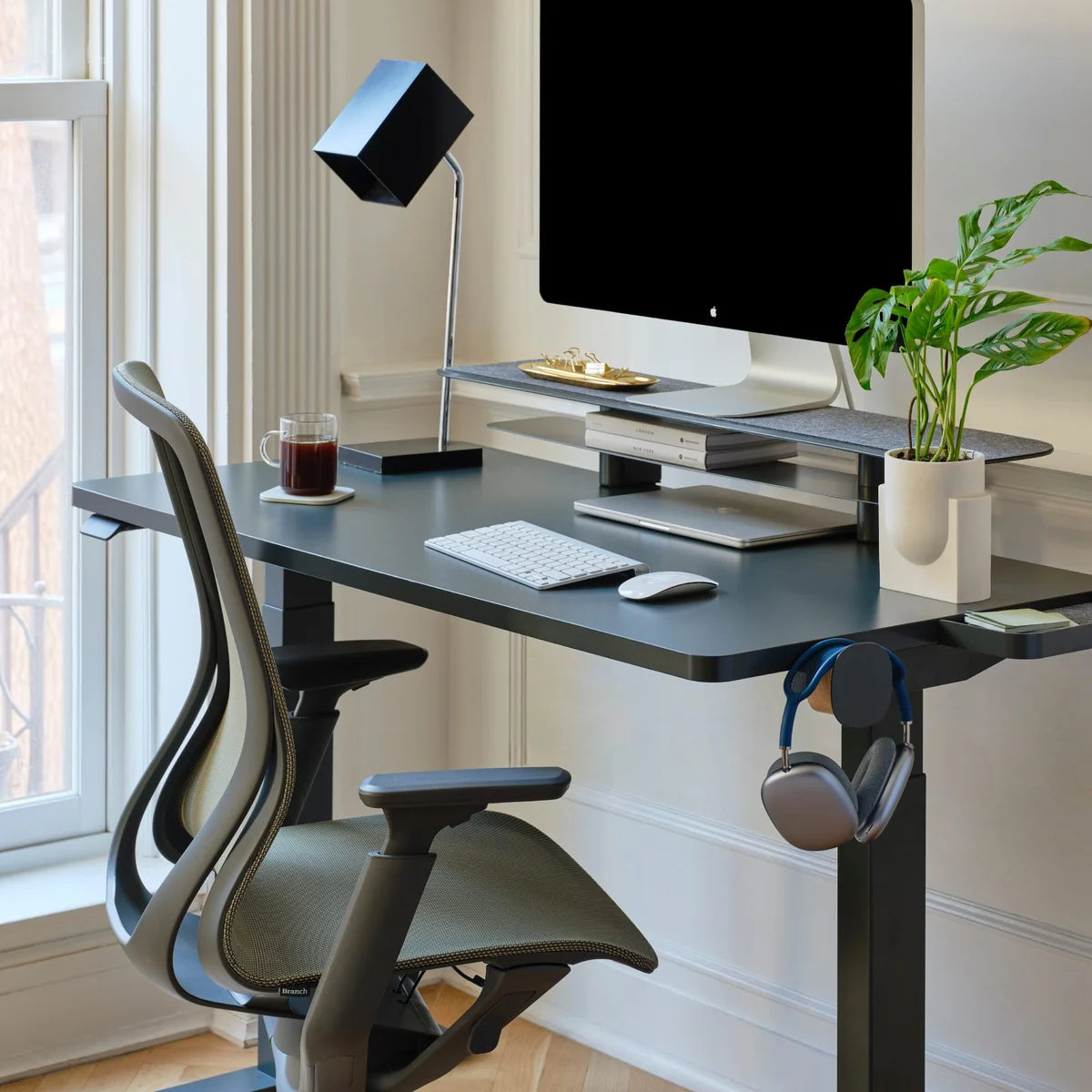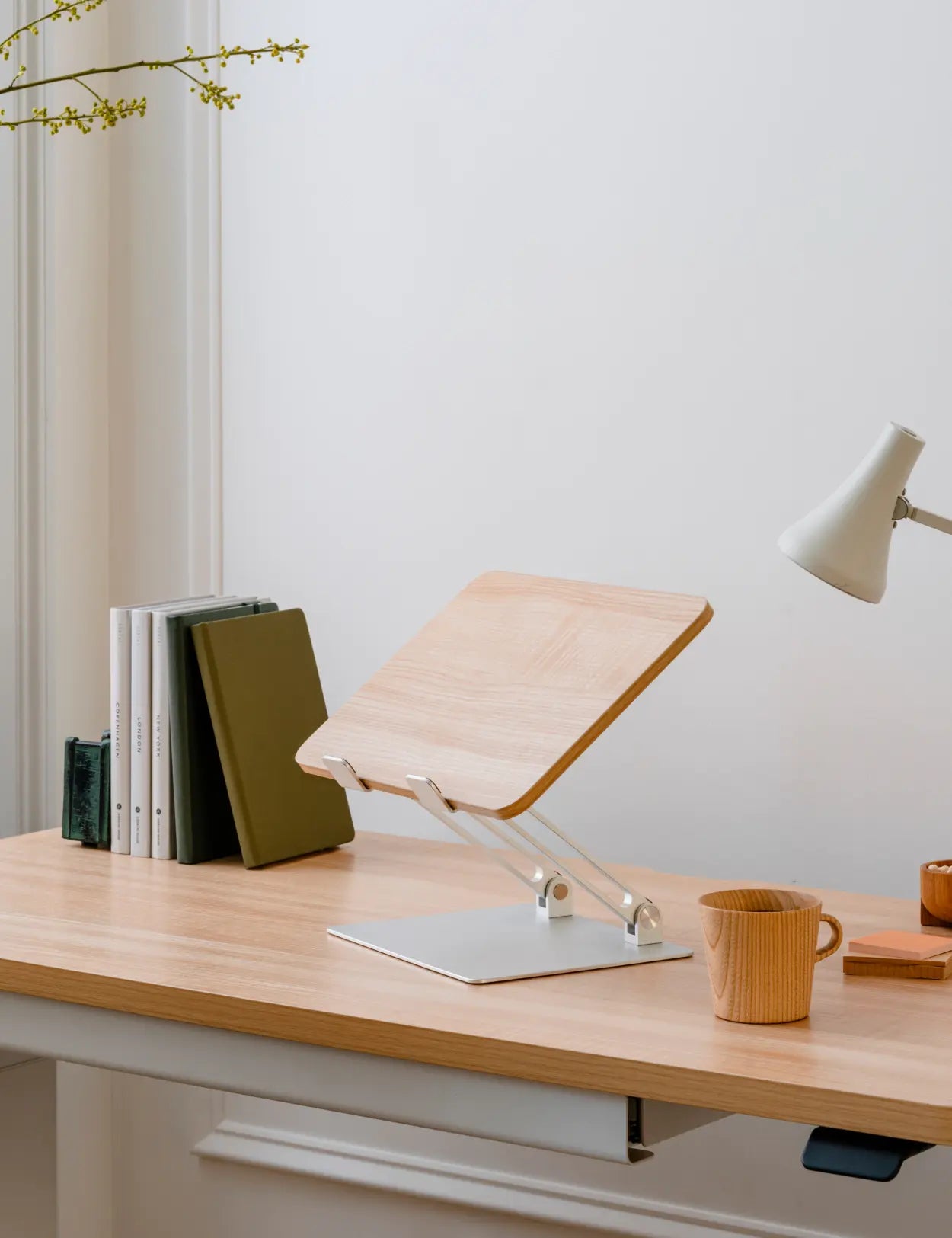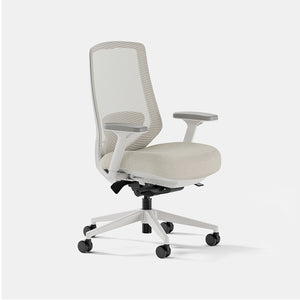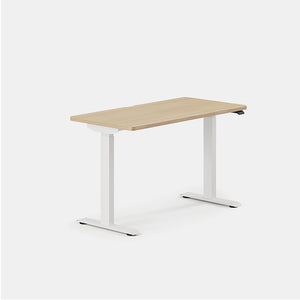Back discomfort isn't one-size-fits-all; it manifests in various forms, each with its characteristics and causes:
Muscular Backaches: Often stemming from strain or overuse, muscular back discomfort can result from repetitive movements or maintaining awkward postures for extended periods. It might feel like a dull ache or a sharp, localized issue.
Skeletal Backaches: This type of discomfort is typically associated with issues in the spine itself, such as disc problems. The discomfort might be persistent and often requires a deeper understanding and potentially professional medical intervention.
Muscular tension over time can often create skeletal discomfort and misalignment, and skeletal backaches can often cause muscles to tense and lead to muscular issues. This back-and-forth is what causes confusion when trying to pinpoint what and where you hurt.
Recognizing that back discomfort is a complex issue with multifaceted origins allows us to approach solutions more thoughtfully. Whether it's muscular or skeletal, understanding the type of back issue you're experiencing is the first step toward finding the right remedy.
While improving your workspace is one lever we have to potentially provide relief, it’s important to recognize it shouldn’t be the only one we try. It’s certainly worth consulting a doctor or physical therapist if back aches are a common occurrence even outside work hours. With that in mind, let's explore the potential benefits and considerations of standing desks for back relief.





